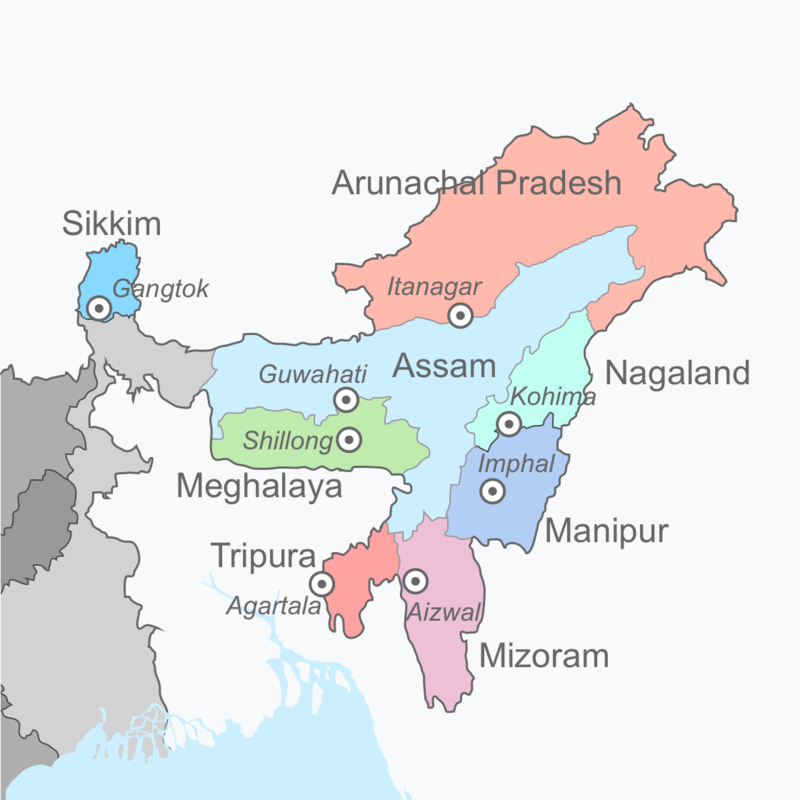Free Courses Sale ends Soon, Get It Now


Free Courses Sale ends Soon, Get It Now



Copyright infringement not intended
Context - According to the report of the Ministry of Home Affairs, the National Socialist Council of Nagaland (NSCN-IM) was involved in 44% of insurgency-related incidents in Nagaland in 2020.
Key Points of the Report released by the Home Ministry
Nagaland Insurgency
Other Major Agreements of the Northeast
NLFT Tripura Agreement
Bru Agreement
Bodo Peace Accord
Karbi Anglong Agreement
https://epaper.thehindu.com/Home/ShareArticle?OrgId=G389P7REO.1&imageview=0
© 2024 iasgyan. All right reserved